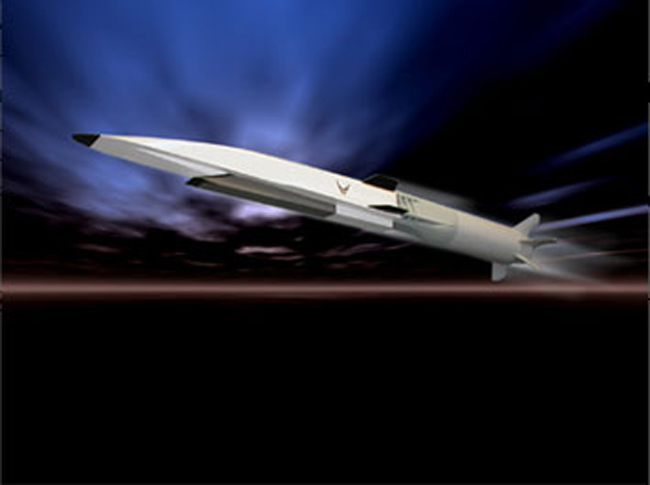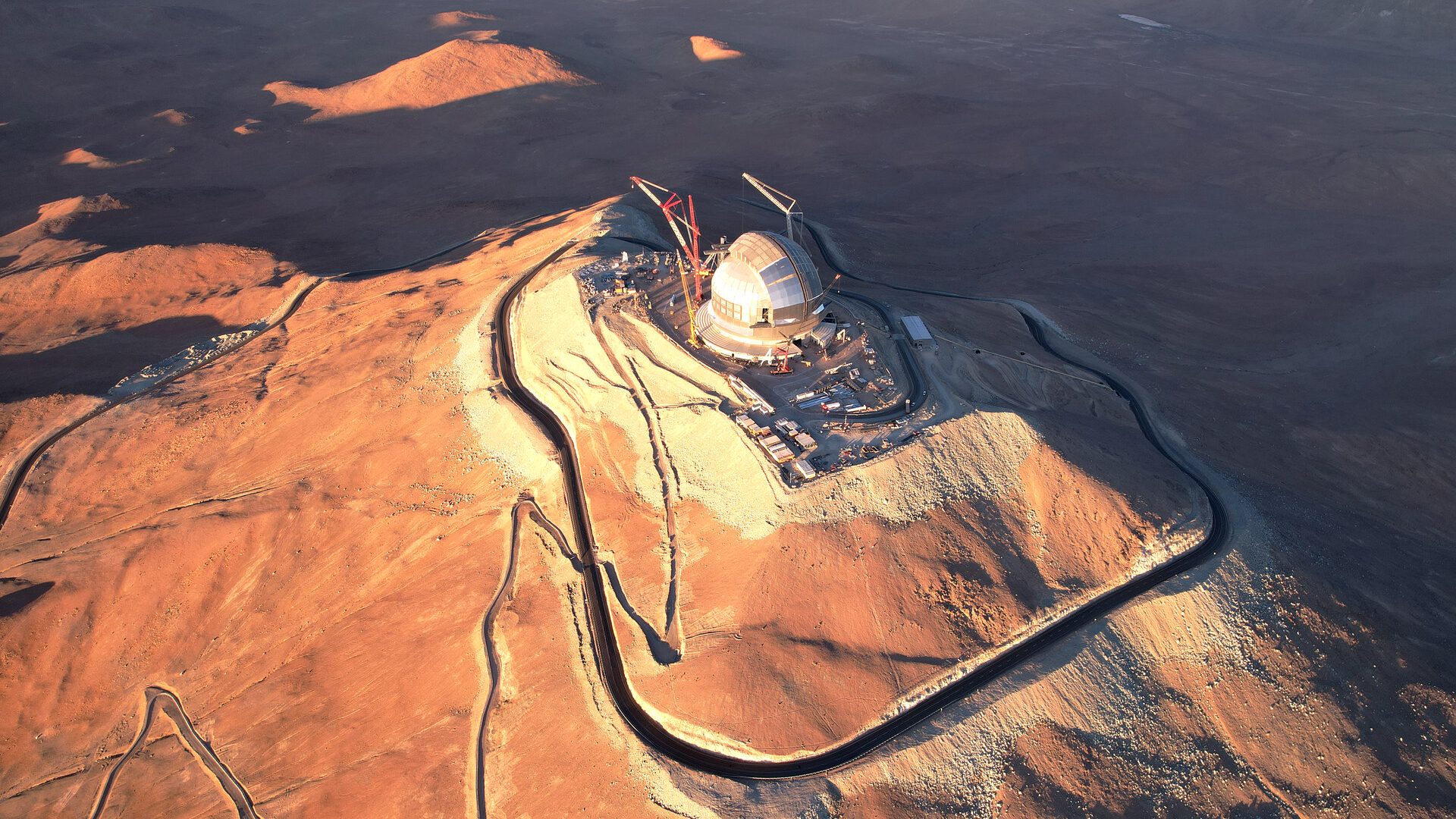Hypersonic Jets Prepare to Soar

Sustainedhypersonic flight above speeds of Mach 5 by vehicles using air-breathing,jet-fuel-powered engines could become achievable within the next dozen years.
Successful recentground tests of jet-fueled, ramjet/scramjet demonstrator engines by Pratt &Whitney Rocketdyne and Aerojet represent important progress towardflight-testing of three separate hypersonic-vehicle programs.
InSeptember, Pratt & Whitney Rocketdyne (PWR) completed 10 months' testing ofa sub-scale combustor for a hydrocarbon-powered, dual-mode ramjet enginedesigned to operate over a wide range of Mach-number speeds -- that is,multiples of the speed of sound.
Using JP-7jet fuel, PWR ran the combustor successfully at a variety of Mach numbers fromMach 2.5 to Mach 6.0, demonstrating "desired operability andperformance" at each speed, the company said.
"Noengine, to our knowledge, has (previously) demonstrated a range from as low as2.5 to a high of 6.0," said Michel McKeon, PWR's hypersonics and advancedprograms manager. "The FaCET (FalconCombined-Cycle Engine Technology) engine demonstrated a very wide Mach range,with high performance. This really shows the technology lends itself to applicationfor a variety of different things."
A dual-moderamjet transitions between subsonic and supersonic modes of operation. Becauseair entering the ramjet slows down as it goes through the engine, at lower Machnumbers some of the air enters the combustor at subsonic speeds even though theaircraft is traveling faster than the speed of sound, McKeon explained.
At higherMach numbers, all of the air goes through the engine at supersonic speeds."'Scramjet' basically means that all of the air is moving at supersonic velocity"through the combustor, said McKeon.
Breaking space news, the latest updates on rocket launches, skywatching events and more!
Scramjetchallenges
Ramjets andscramjets have few moving parts and there aren't any at all in their combustors.But scramjet air is moving so fast that keeping the combustor lit is a major challenge.
Preventing theengine from burning up from the heat of combustion, and making sure the JP-7 isignited in the fraction of a millisecond it takes for fuel to pass through thecombustor, are also crucial. "One of the key items in these systems is howyou manage the fuel," said McKeon.
PWR's approachis to use a closed-loop or "heat sink" system, whereby the fuel is pumpedas a coolant throughout the engine casing to remove heat and pressure from thecombustor. This 3,000-degree heat also prepares the jet fuel for combustion bycracking it into smaller molecules that burn very quickly when they enter thecombustor.
A full-sizedversion of PWR's combustor will form the heart of the FaCET program, sponsoredby the U.S. Defense Advanced Research Projects Agency (DARPA) and the U.S. AirForce. Lockheed Martin is FaCET prime contractor.
FaCET aimsto develop a hypersonic test vehicle -- which could fly in 2012 -- that would takeoff and land by itself, use an advanced turbojet to get up to a speed of atleast Mach 4 and then use a liquid hydrogen-powered scramjet to get to Mach 10and beyond. Jet fuel can't be used as a scramjet fuel at speeds as high as Mach10.
"Athigh Mach numbers, the engine would burn up using jet fuel," said BobGrabowski, PWR's FaCET program manager. "In that range, you're looking athydrogen or synthetic fuels."
The nextstep for FaCET is to test a free-jet version of the engine on a rig at the U.S.Air Force's Arnold Engineering Development Center (AEDC) at Tullahoma, Tenn., next summer. AEDC boasts the world's largest and most advanced complex of flightsimulation test facilities, including two hypersonic wind tunnels.
Cross-fertilizationbetween programs
FaCET isn?tlinked to the DARPA/U.S. Air Force/NASA X-51A hypersonic aircraft that is dueto fly in 2009. But PWR, which is making the JP-7-powered X-1 scramjet enginefor the Boeing-built X-51A, uses what it learns from each program to improveboth engines.
"Theengines are not the same shape or configuration but, technology-wise, the FaCETengine incorporates much of what we've learned through the X-51 engine,"said McKeon. "The flip side is that we also have learned stuff with this(FaCET) engine regarding different configurations that could also be used infuture X-51 activity."
PWRsuccessfully ground-tested its X-1 demonstrator engine in April, in simulatedMach 5 flight conditions. The demonstrator, designated the SJX61-1, incorporateda full-authority digital engine controller and a closed-loop thermal managementsystem.
InSeptember, Aerojet completed a full-duration ground test of an advanced"flight-weight" combustor for the dual combustion ramjet (DCR) engineit is developing for the Hypersonic Flight (HyFly) program sponsored by DARPAand the U.S. Office of Naval Research (ONR). HyFly is a program to develophypersonic cruise-missile technology.
Aerojet's DCRramjet/scramjet, which is powered by JP-10 jet fuel, uses two air-inlet systems.One feeds a subsonic gas generator in which a fuel-rich gas is created. This ismixed with the supersonic gas from the second inlet system and then is passedinto a diverging combustor section that allows the combustor to function both atsubsonic and supersonic air speeds.
Aerojet'sdifferent approach
The Aerojetapproach doesn't rely on using jet fuel as a coolant. Its DCR is made entirelyfrom advanced, lightweight ceramic materials, which Aerojet says makes theengine less than half the weight of fuel-cooled metal engines.
Aerojetconducted its September test in simulated Mach 6 flight conditions. "Withthis test, HyFly took a big step forward," said Gil Graff, ONR's programmanager. "It proved the viability of an uncooled-structure concept to surviveextreme engine environments."
Togetherwith PyroDyne, Aerojet also is developing a turbine-based combined-cycle engineit calls the PyroJet, which the companies hope will operate throughout a speedrange from zero to Mach 10. The aim is to provide an engine that will transitionsmoothly from subsonic turbojet operation through to dual-mode ramjet/scramjetoperation.
Now, forall manufacturers, the main challenge isn't demonstrating that their hypersonicengines can fire. To sustain hypersonicflight, the engines will need to fire for several minutes at a time, notjust the few seconds that the companies have achieved so far.
- IMAGES: Unique Aircraft
- Video: Reusable Space Plane
- Future of Flight: Space Tourism, Investment and Technology
Chris Kjelgaard has more than 40 years of experience writing about and consulting on the civil aviation industry, aerospace and travel. He was a senior editor of Aviation.com from 2007-2008, and now works as a freelance writer and consultant in the aviation industry. He holds a B.S. in genetics from The University of Edinburgh.
